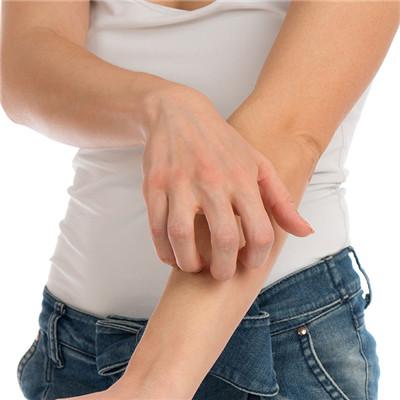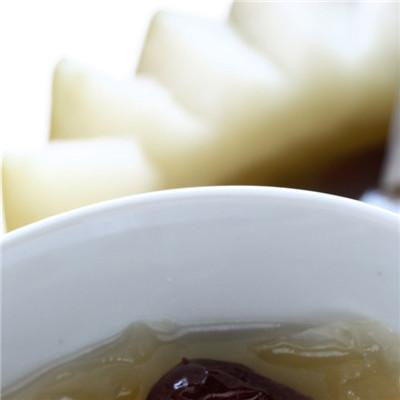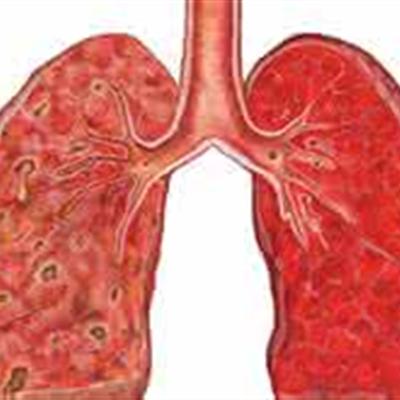Symptoms of colorectal cysts
summary
Colorectal tumor polyps (a clinical term, without pathological significance) are any tissue masses arising from the intestinal wall and protruding into the intestinal cavity. Polyps may be pedicled or sessile, and their sizes vary greatly. According to histology, these lesions can be divided into tubular adenoma, tubular villous adenoma (villous adenoid polyp), villous (papilla), adenoma (with or without adenocarcinoma), proliferative polyp, hamartoma, juvenile polyp, polypoid carcinoma, pseudopolyp, lipoma, leiomyoma or other rare tumors. The symptom of large intestine cyst tells everybody.
Symptoms of colorectal cysts
Most polyps are asymptomatic. Rectal bleeding is the most common chief complaint. Painful spasm, abdominal pain or obstruction may be signs of large lesions. Occasionally, polyps with long pedicle may prolapse from the anus. Large villous adenomas may cause massive watery diarrhea and may lead to hypokalemia.
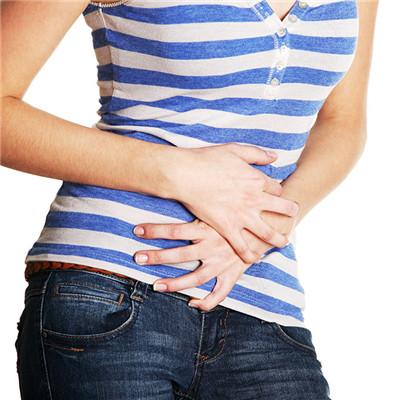
Rectal polyps may be touched by digital anal examination, but they are often found by endoscopy. Because polyps are usually multiple and may coexist with cancer, a full colonoscopy of the whole colon is necessary, even if the lesion is found by flexible sigmoidoscopy.
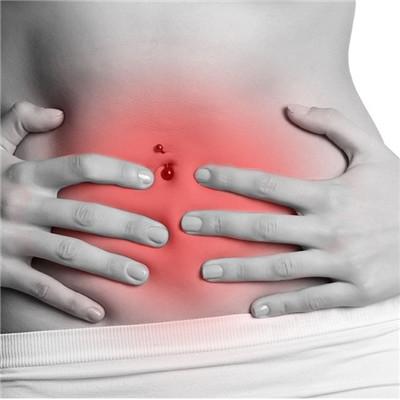
In barium enema X-ray examination, the polyp showed a round filling defect. Double contrast (colonic inflation) is of great value, but fibrocolonoscopy is more reliable.

matters needing attention
It is suggested that fecal occult blood test should be carried out regularly after colorectal cancer surgery, which can be detected once every 3 months to help understand the situation of gastrointestinal bleeding. Once bleeding is found, it is necessary to see a doctor in time!

